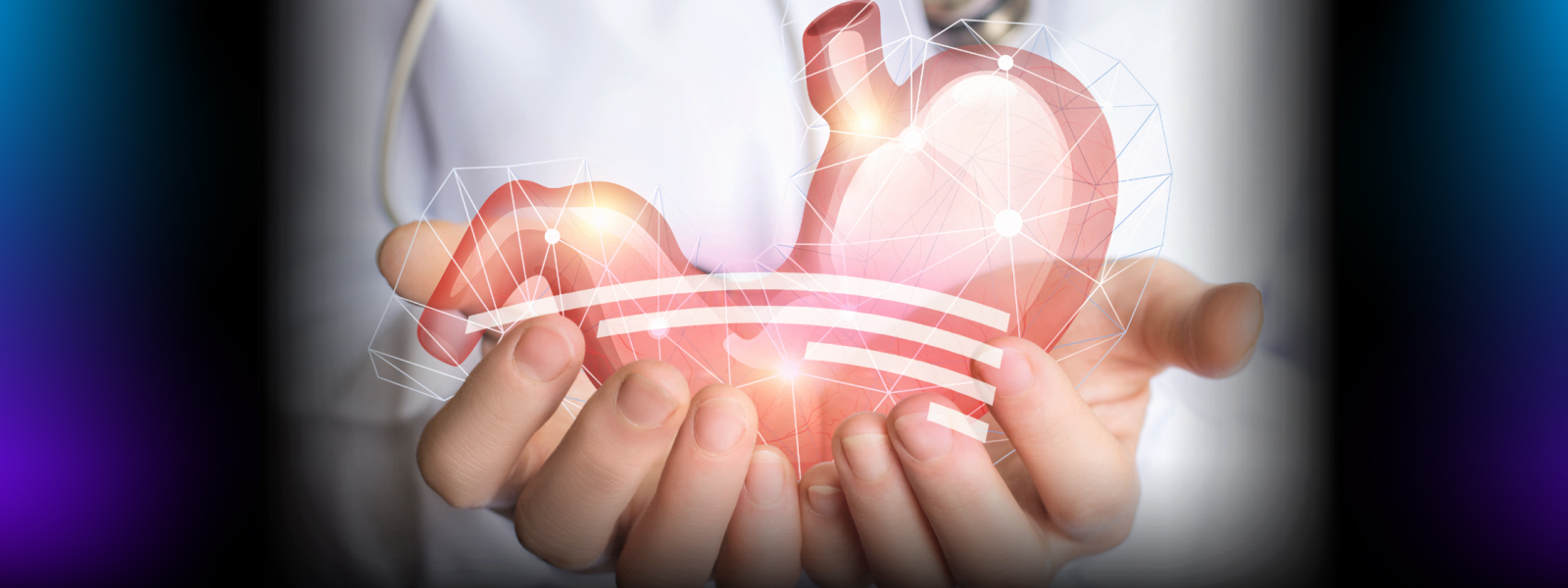Barrx™ ablation treats Barrett’s esophagus. During the procedure, thermal (heat) energy is delivered in a precise and highly controlled manner to the affected tissue to remove it.
What is Barrett’s Esophagus?
Barrett’s esophagus is a condition where the lining of the esophagus, where it joins the stomach, changes and becomes more like the lining of the small intestine. This abnormal tissue could become precancerous and should be treated.
The main reason Barrett’s esophagus develops is because of chronic inflammation resulting from gastroesophageal reflux disease (GERD). It’s important to treat Barrett’s esophagus because some patients could develop precancerous change to the tissue called dysplasia, which is more likely to develop into cancer.
Most patients with Barrett’s esophagus will not develop cancer. Some patients, however, can develop a precancerous change in the tissue, called dysplasia.
To diagnose Barrett’s esophagus, your doctor will perform an endoscopy and biopsy on your esophageal tissue.
How Barrx Ablation Works
Barrx ablation is best for patients with low-grade dysplasia, high-grade dysplasia and cancer confined to the most superficial layer of the esophagus. Clinical studies have demonstrated that Barrett’s tissue can be completely eliminated with Barrx ablation in 98.4% of patients.
What to Expect When You Have Barrx Ablation
Your doctor will perform Barrx ablation during an upper endoscopy; no incisions are necessary. During the procedure, your doctor will thread a balloon catheter into the esophagus to deliver the energy to the targeted areas.
The procedure takes approximately 30-45 minutes. Most patients will experience some pain in the chest area, pain when swallowing and difficulty swallowing for several days following the procedure.
When you are discharged, your doctor will provide specific instructions on diet and medication. Your doctor will recommend repeating the procedure every three months until the Barrett’s lining returns to a normal esophageal lining. Most patients require two to three treatments. Once the Barrett’s lining is reversed, repeat endoscopies with biopsies are required on a yearly basis.
From common gastrointestinal symptoms to rare conditions, Inspira Gastroenterology and Digestive Health providers help to diagnose and treat a wide range of issues.

